AUTISM SPECTRUM DISORDER


Autism Spectrum Disorder (ASD) is a neurodevelopmental condition that affects how a person communicates, interacts, behaves, and learns. It is called a “spectrum” disorder because symptoms and severity can vary widely from person to person. Early diagnosis and intervention are critical for improving developmental outcomes and quality of life.
At Psychowellness Center, a trusted mental health care provider in West Delhi, experienced clinical psychologists and therapists offer evidence-based assessments and therapies for children and adults with autism. The center focuses on enhancing communication, social skills, and independence through personalized, family-centered care.
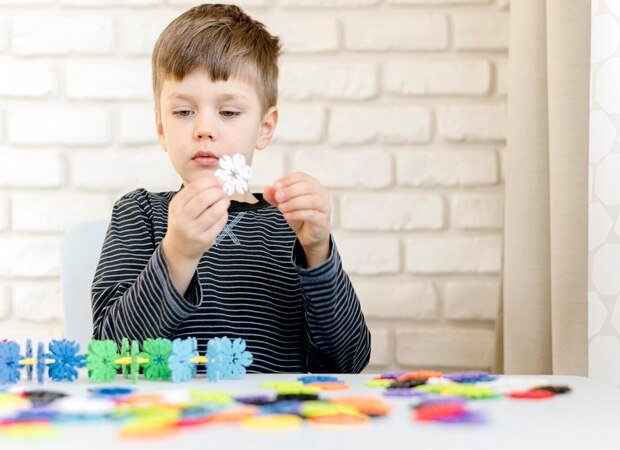
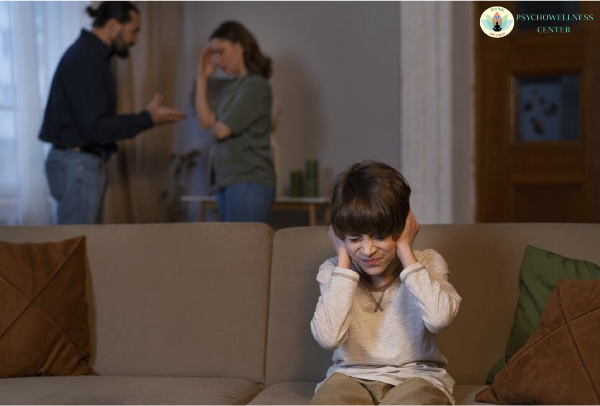
Autism signs typically appear by age 2–3, but some developmental delays can be identified as early as 18 months.
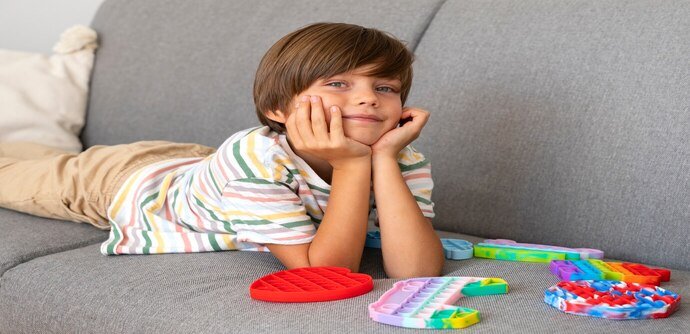
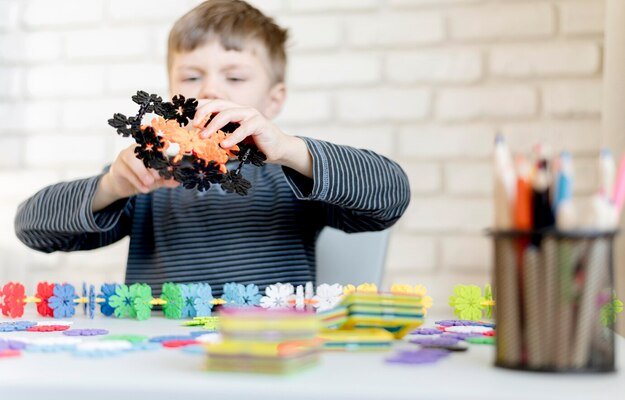
The exact cause of autism is not fully understood, but multiple factors may contribute:
Note: Vaccines have been scientifically proven not to cause autism.
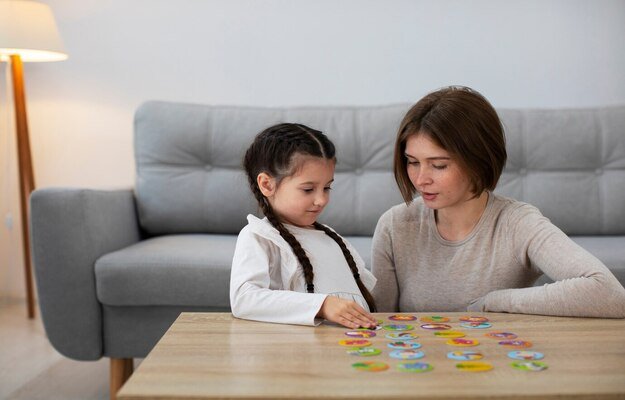
Diagnosis is typically based on:
Early diagnosis allows timely access to interventions that can significantly improve outcomes.
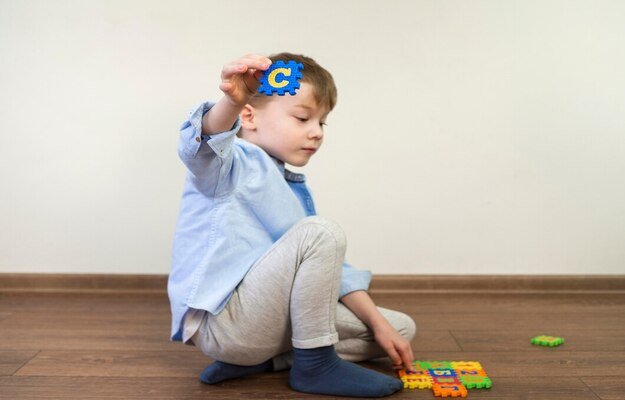
While autism cannot be cured, numerous therapies are available to help manage symptoms and support developmental progress.
Improves verbal and non-verbal communication abilities
Focuses on sensory integration and daily living skills
Teaches how to engage in group settings, form friendships, and read social cues
Equips caregivers with strategies to support development at home
Individualized education plans tailored to the child’s learning style
